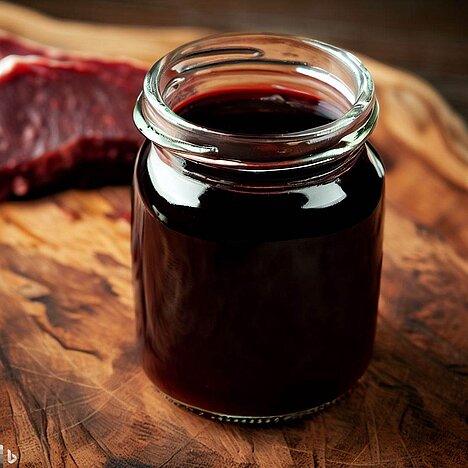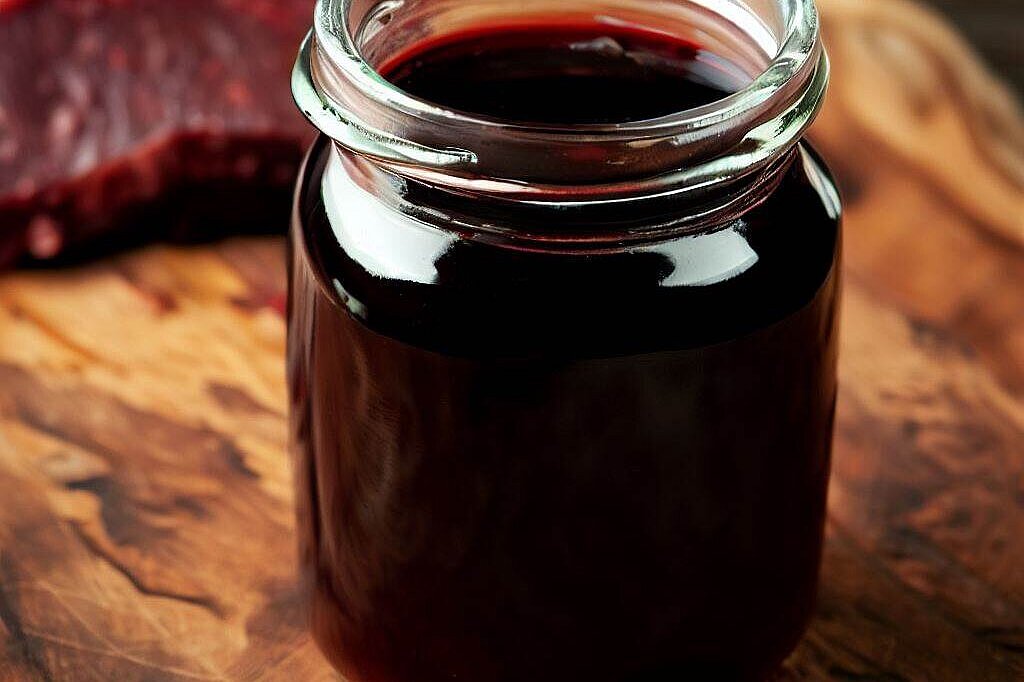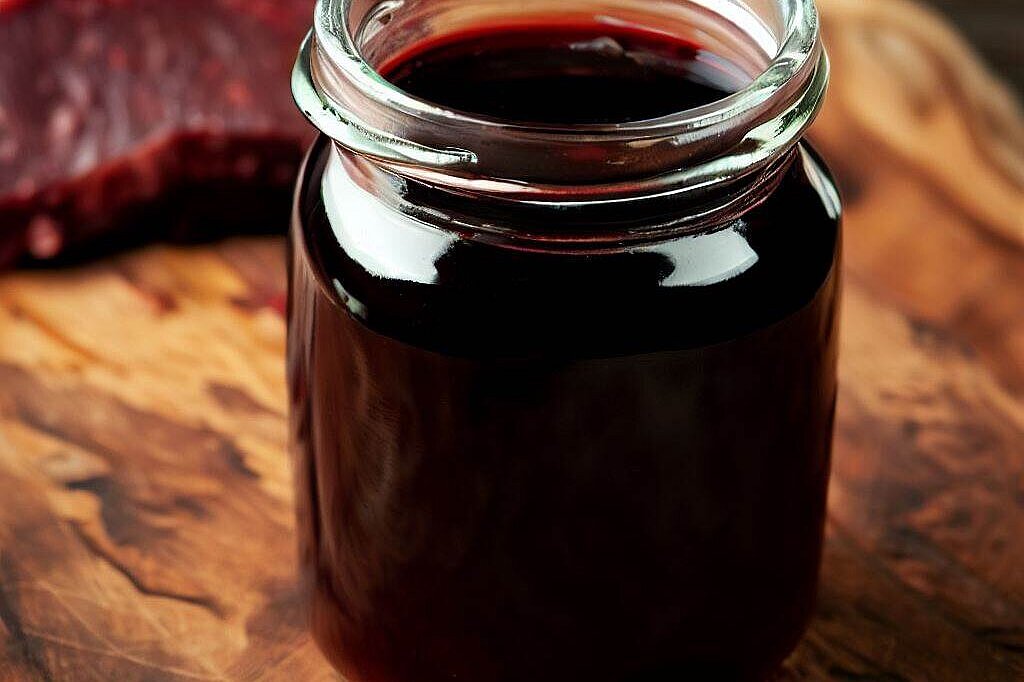Lamb's blood

What is lamb blood?
Lamb's blood is the blood of slaughtered lambs, i.e. young sheep. It is usually sold frozen in bags or cans and can be used as a supplement to barf feed. Lamb blood has a very high iron content and is rich in minerals and trace elements such as vitamin A, B12, cysteine, histidine and leucine. Iron is an important component of haemoglobin, the red blood pigment that transports oxygen around the body. It is also responsible for the oxygen supply in the muscle fibers in myoglobin.
What are the benefits of lamb blood for dogs?
Lamb blood can have several benefits for the health and vitality of dogs, especially when fed raw. Here are some of them:
- Lamb blood can stimulate blood formation and thus prevent or treat anemia (anemia). Anemia can have various causes, such as parasite infestation, blood loss or chronic diseases. Symptoms include paleness, weakness, loss of appetite and shortness of breath.
- Lamb blood can strengthen the immune system and increase the body's defenses. This is due to the vitamins and trace elements it contains, which are important for the formation of antibodies and the function of white blood cells.
- Lamb's blood can promote digestion and support the intestinal flora. This is due to the amino acids it contains, which serve as building blocks for enzymes and hormones. Lamb's blood can also lower the pH value in the stomach and thus inhibit the growth of harmful bacteria.
- Lamb's blood can improve skin and coat health and prevent skin problems. This is due to the fatty acids it contains, which ensure the elasticity and moisture of the skin. Lamb's blood can also alleviate inflammation and accelerate wound healing.
What are the disadvantages of lamb's blood for dogs?
Lamb blood is not suitable for every dog and can also have some disadvantages or risks. Here are some of them:
- Lamb blood can cause allergies or intolerances. This is because some dogs can react sensitively to certain proteins or other components in the blood. Symptoms include itching, rashes, diarrhea or vomiting.
- Lamb blood can lead to an overdose of iron. This is because some dogs already absorb enough iron from other sources or have elevated iron levels. Excessive iron intake can lead to symptoms of poisoning, such as gastrointestinal complaints, liver damage or heart problems.
- Lamb blood can contain pathogens. This is due to the fact that the blood is not always processed or stored hygienically or that the animals themselves were infected. Possible pathogens include salmonella, E. coli, campylobacter or parasites.
How much lamb blood should dogs be given?
The optimal amount of lamb blood depends on various factors, such as the dog's age, weight, state of health and activity level. The total amount of blood in the diet should also be taken into account, as other types of meat or offal also contain blood. A general recommendation is that no more than 5 to 10 percent of the food should consist of blood. This corresponds to the following quantities:
- Small dogs up to 15 kg : approx. 100 to 150 ml per week
- Medium dogs up to 30 kg: approx. 200 to 300 ml per week
- Large dogs over 30 kg: approx. 300 to 750 ml per week
Lamb blood is a nutritious and healthy supplement for dogs that can have many benefits for blood formation, the immune system, digestion and skin and coat health. However, lamb's blood should not be fed too often or too much, as it can also have disadvantages or risks, such as allergies, iron overdose or pathogens. The optimal amount of lamb blood depends on various factors and should be adjusted individually. In addition, you should always pay attention to the quality and origin of the lamb's blood and allow it to thaw before feeding.
If you notice any signs of hypersensitivity or poisoning in your dog, you should see your vet immediately. We are not a substitute for a vet, but we try to be as accurate as possible. Every dog reacts differently and we recommend you get a second opinion or consult your vet if in doubt.
Stay healthy and take good care of your four-legged friend!😊
Similar to Lamb's blood
Poultry blood is a by-product of poultry slaughter that is normally disposed of. However, it contains many valuable nutrients that are important for dogs. These include: The red blood pigment...
Calf's blood is the blood of young cattle that are less than one year old. It is collected at slaughter and then filtered to remove blood cells and clotting factors. The result is a clear, yellowish...
Bovine blood is the blood of cattle that is drained during slaughter. It contains many nutrients such as protein, iron, vitamin B12 and other minerals. Bovine blood is often dried or processed into...
Goat blood is the blood of slaughtered goats, usually from regional and species-appropriate husbandry. The blood is supplied frozen in bottles or bags and can be portioned and refrozen as required...

